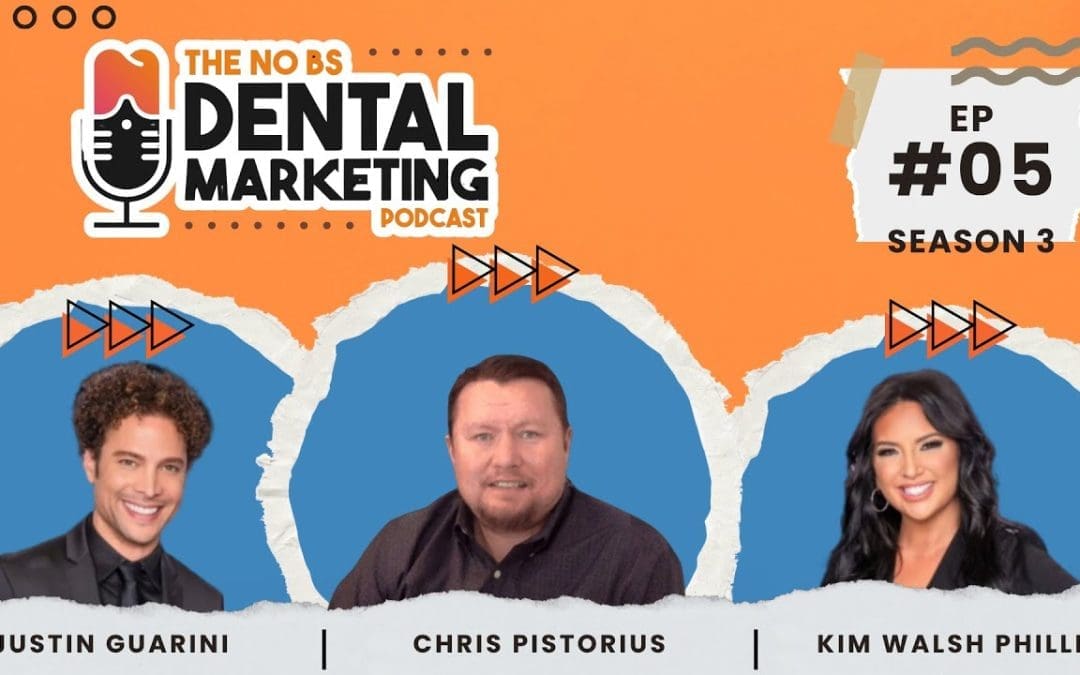
How to Become a Celebrity Dentist: Grow Your Practice with Authority Marketing
Introduction
In today’s highly competitive dental market, standing out is more crucial than ever. The traditional methods of attracting patients, such as word-of-mouth and simple advertising, are no longer sufficient. To truly grow your practice, it’s essential to establish yourself as a trusted authority in your field. This article explores strategies discussed in the video “How to Become a Celebrity Dentist: Grow Your Practice with Authority Marketing” by Kickstart Dental Marketing, featuring insights from experts in both the dental and marketing industries.
Understanding Authority Marketing
Authority marketing is about positioning yourself as an expert in your field, making you the go-to professional for your services. When you are seen as an authority, potential patients are more likely to trust you, which in turn makes them more likely to choose your practice over others. The video emphasizes that becoming an authority isn’t about being the most famous dentist in the world; it’s about being the most trusted one in your community.
Leveraging Other People’s Audiences
One of the key strategies discussed is leveraging other people’s audiences. This involves finding opportunities to speak or present in front of groups that already have a large following. For example, participating in local events, podcasts, or webinars can expose your practice to new audiences who trust the person or organization hosting the event. By aligning yourself with these trusted figures or platforms, you inherit some of that trust and authority.
Crafting a Talk That Converts
Another crucial element of authority marketing is creating a talk or presentation that not only informs but also converts listeners into patients. The video suggests focusing on a specific problem your ideal patient faces and offering a solution through your services. It’s important that your talk includes a clear call to action, encouraging your audience to book an appointment or engage with your practice in some way.
Creating a Celebrity Brand in Dentistry
The concept of becoming a “celebrity” dentist is also discussed. This doesn’t mean you need to appear on television or in magazines, but rather that you should be the most recognized and trusted name in your local area. Simple actions, like featuring high-profile clients in your community or participating in local charity events, can elevate your status. The goal is to become synonymous with quality dental care in your community.
Utilizing Local and Online Platforms
The video stresses that while in-person events are powerful, online platforms offer tremendous opportunities as well. Starting a podcast, writing a blog, or even creating a YouTube channel where you discuss dental health can help establish your authority. These platforms allow you to reach a broader audience and position yourself as an expert in the eyes of potential patients who are searching for information online.
Actionable Steps to Get Started
To start building your authority, begin by identifying where your ideal patients spend their time. This could be local community groups, online forums, or social media platforms. Create content that addresses their specific concerns and showcases your expertise. Remember, the key is consistency—regularly engaging with your audience will keep you top of mind when they need dental services.
Conclusion
Authority marketing is a powerful tool for growing your dental practice. By positioning yourself as a trusted expert, leveraging other people’s audiences, and consistently providing valuable content, you can attract more patients and build a thriving practice. Start small, take actionable steps, and watch as your authority grows along with your patient base.





